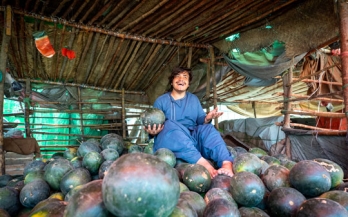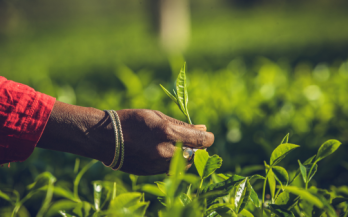

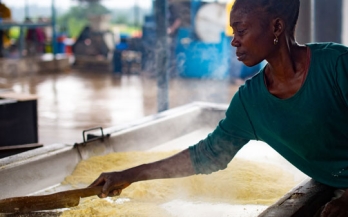
Reaching Lower-Income Consumers with Nutritious Foods: Increase value through convenience
From the consumer perspective, product costs can include not only monetary costs but also time and effort costs of acquiring, preparing, and consuming foods: for the consumer, these jointly shape the product's effective affordability. The cost of time and fuel to prepare food is not insignificant in many low- and middle-income countries.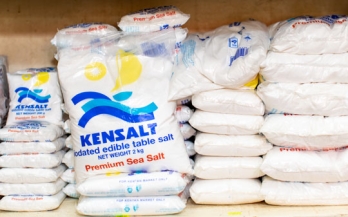
Reaching Lower-Income Consumers with Nutritious Foods - Using small package sizes
One of the simplest ways to alter affordability is simply to sell products in small package sizes. This is probably the most common strategy used for reaching lower-income consumers across product types and contexts.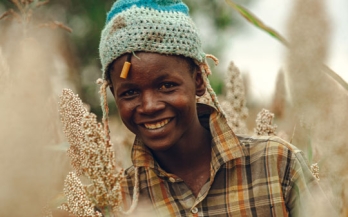
In a world of rising conflict, we must cultivate the fields to grow peace
As thousands congregate in Iowa for the 2023 Borlaug Dialogue to search for ways to end global hunger and celebrate this year’s World Food Prize Laureate, his words ring truer than ever.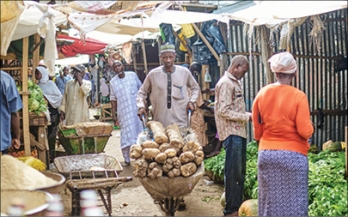
Food Safety, Traditional Markets, and Consumer Demand in Low- and Middle-Income Countries: A Landscape Synthesis
The scope of this review focused on traditional markets, which provide millions of people with nutrient-rich commodities like animal-source foods and fresh produce. However, these same foods are the leading cause of foodborne disease globally. The research, based on insights from 11 literature reviews, revealed that there is a strong connection between food safety, nutrition, and health. To address these issues, a food systems approach is required.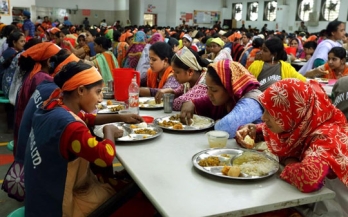
GAIN Briefing Paper Series 11 - Influential policies and legislation supporting workforce nutrition
GAIN undertook an assessment of existing workforce nutrition-related policies to identify opportunities for improvement and generate insights into how policymakers and other policy stakeholders can contribute to healthier work environments. This briefing paper summarises the findings of a cross-cutting policy assessment for 12 countries across Africa, Asia, and Latin America.
We must address the interconnected challenges of climate change and nutrition
Launching today are two reports outlining both the pathways through which nutrition and climate are connected and the current state of action on addressing these two issues. The reports will be launched at a side event co-hosted with the World Health Organization (WHO), the Food and Agriculture Organization (FAO), the Global Alliance for Improved Nutrition (GAIN), and the Scaling Up Nutrition (SUN) movement, along with an official reception hosted by Canada, New Zealand, and the United Kingdom.
Accelerating Action and Opening Opportunities - A Closer Integration of Climate and Nutrition Report
But how do we assess current levels of integration and opportunities to strengthen it? That is where this baseline report comes in. It assesses integration and identifies opportunities to act jointly. The bad news in its results is that in general, climate and nutrition are not well connected.
Food Safety: The Biggest Development Challenge You’ve Never Heard Of
Virtual, Global
On October 31, join us for this exclusive, virtual screening and fireside chat of EatSafe’s latest film, Food Safety: The Biggest Development Challenge You’ve Never Heard Of.